I have the following expression:
A = (-(e + p) pe v +
v ((1 + pe) u^2 + pe v^2) \[Rho])/(-(e + p) pe u +
u (-prho + (1 + pe) u^2 + pe v^2) \[Rho]);
and I want to insert the following sub-expression in the above expression:
H = (e + p)/\[Rho]
How do I do this? I've tried using:
FullSimplify[A, H == (e + p)/\[Rho]]
Eliminate[{A, H = (e + p)/\[Rho]}, {e, p, \[Rho]}]
Eliminate[{A, H = (e + p)/\[Rho]}, {e, p}]
and a number of other solutions. None have worked.
I'm also a little confused on the difference between "=" and "==", but I've tried both cases.

